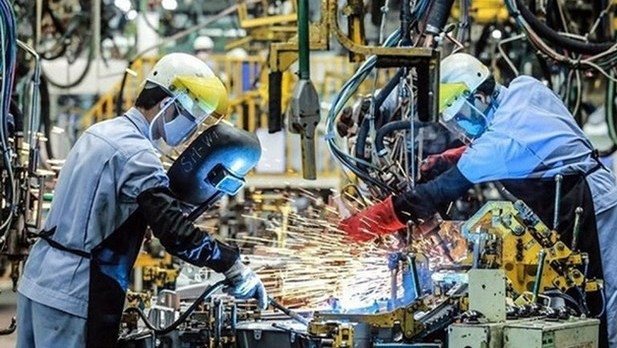In the Vietnam At A Glance report in July, HSBC Global Research noted that decreasing risks posed by the Omicron variant and eased restrictions have paved the way for Vietnam to return to the normality.
Thanks to widespread recovery, the country recorded an impressive GDP growth rate of 7.7% in the second quarter compared to the same period last year. The service sector, which has suffered from severe economic impacts, have bounced back strongly while manufacturing has continued growing and exports hit historic highs.
However, the growth forecast for 2023 was revised down to 6.3% from 6.7% due to growing risks, especially in the energy sector, according to the bank.
HSBC Global Research pointed out growing impacts of soaring energy prices. Escalating goods prices have led to trade deficit in Q2 and may worsen the current account situation, which has not already been optimistic. On the other hand, though household consumption has recovered steadily, people’s budgets may suffer from high oil prices, thus decelerating the recent recovery speed.
Vietnam’s inflation is forecast to stand at about 3.5% this year, but it may surpass the ceiling of 4% between Q4 of 2022 and Q2 of 2023, requiring the State Bank of Vietnam begin normalising the monetary policy.
According to the report, Vietnam has benefited from economy reopening, and domestic demand has returned while external drivers remain favourable. However, it is necessary to stay alert to increasing growth risks, especially the ones posed by surging energy prices.
















